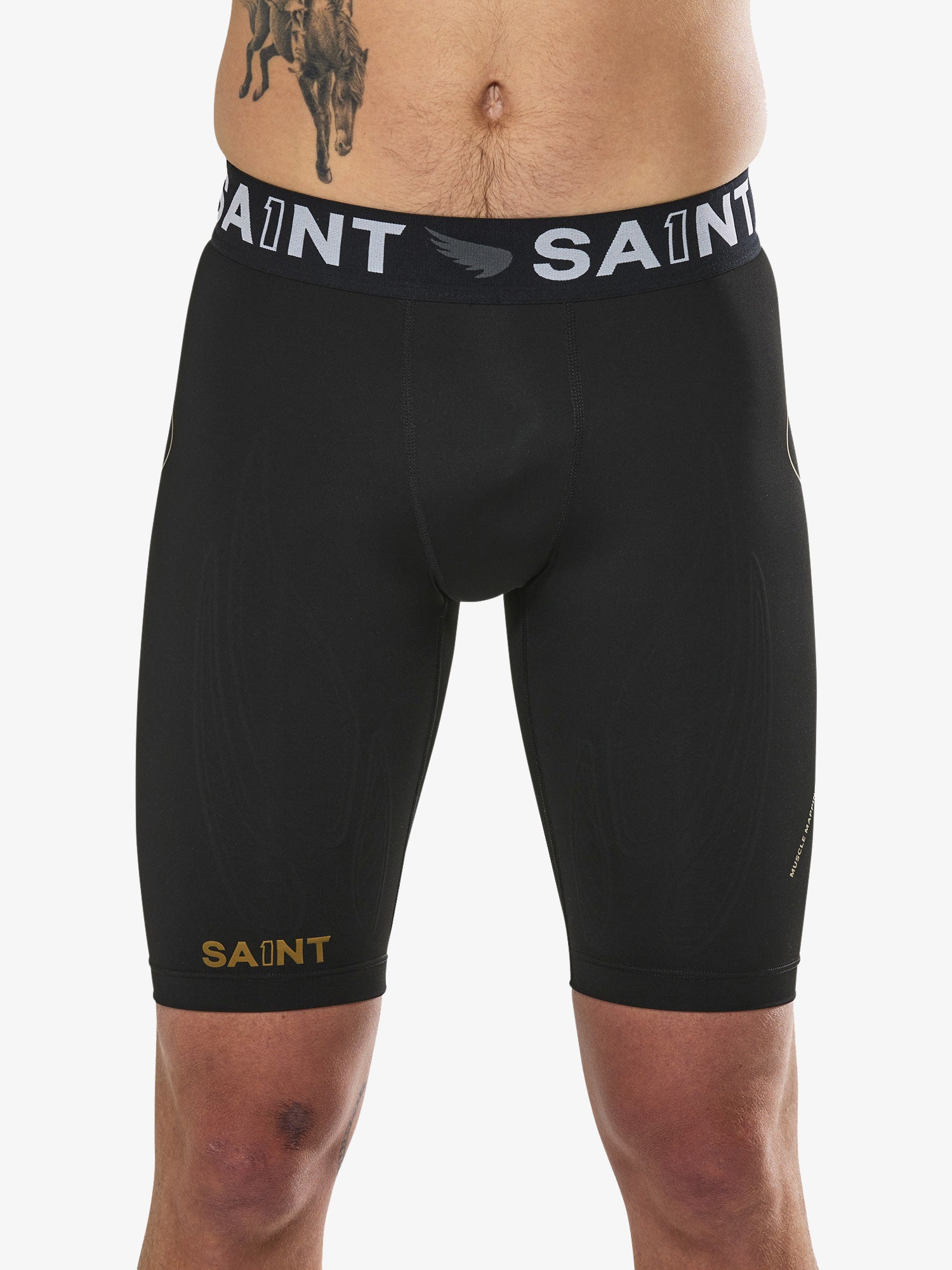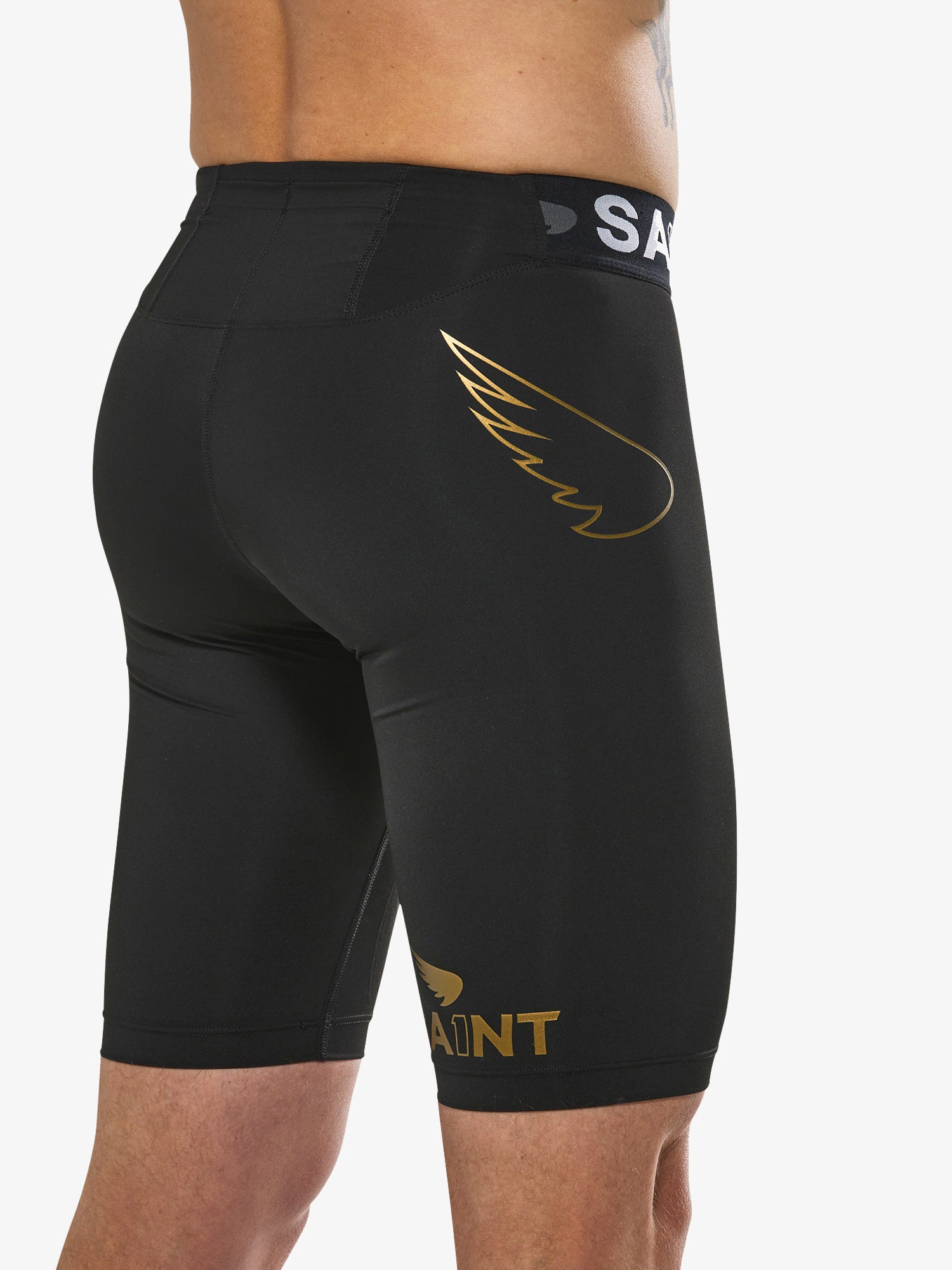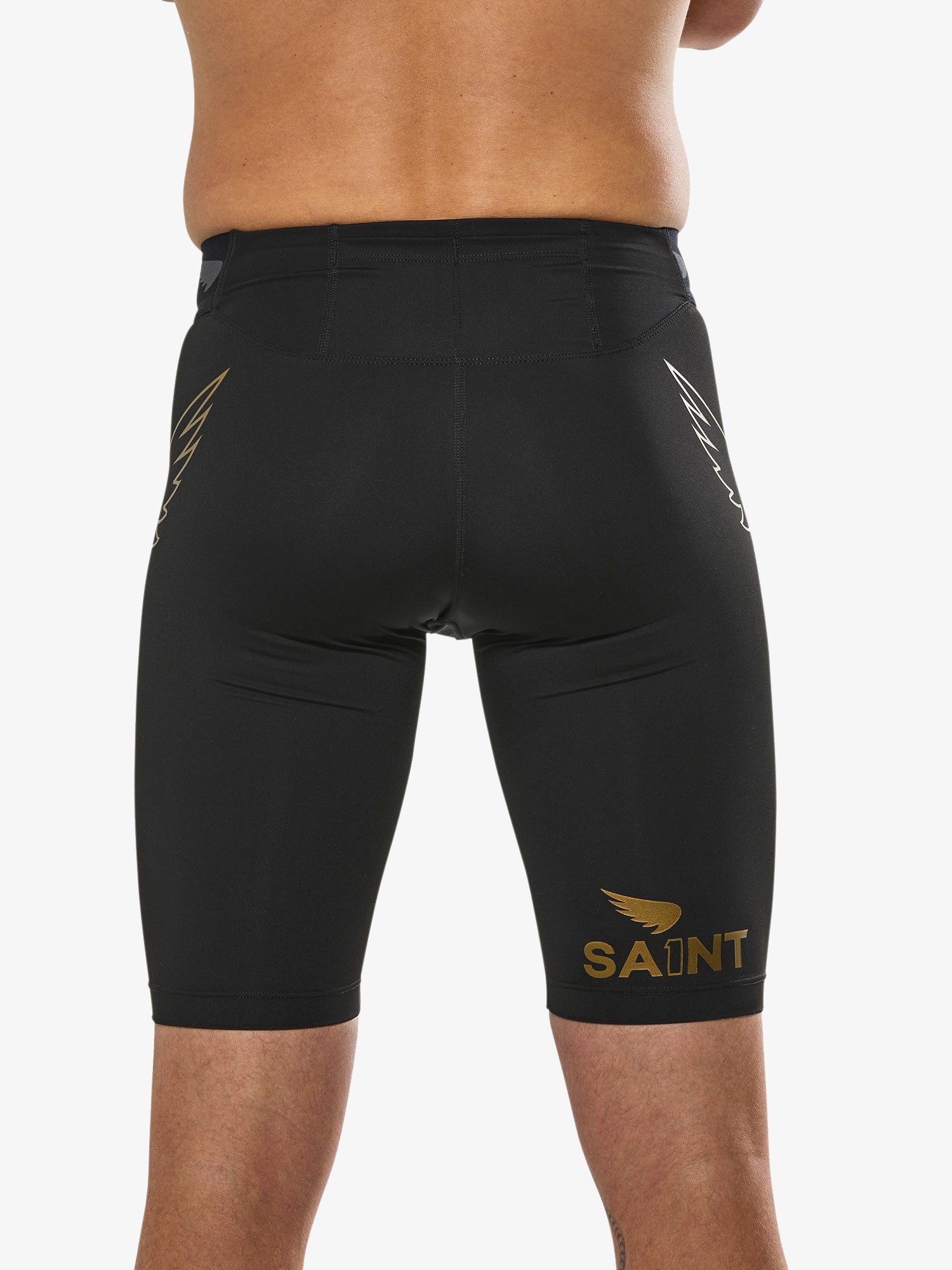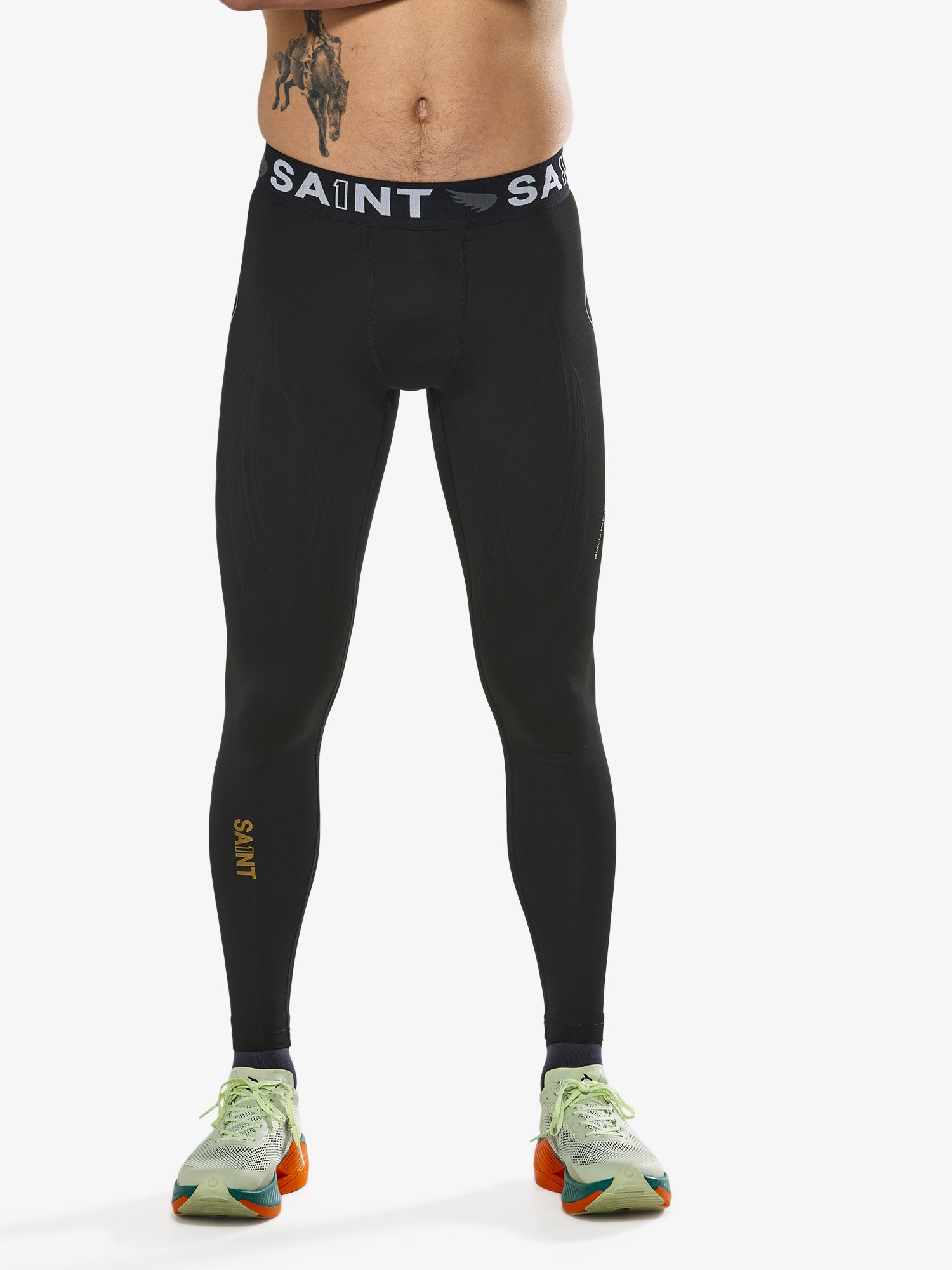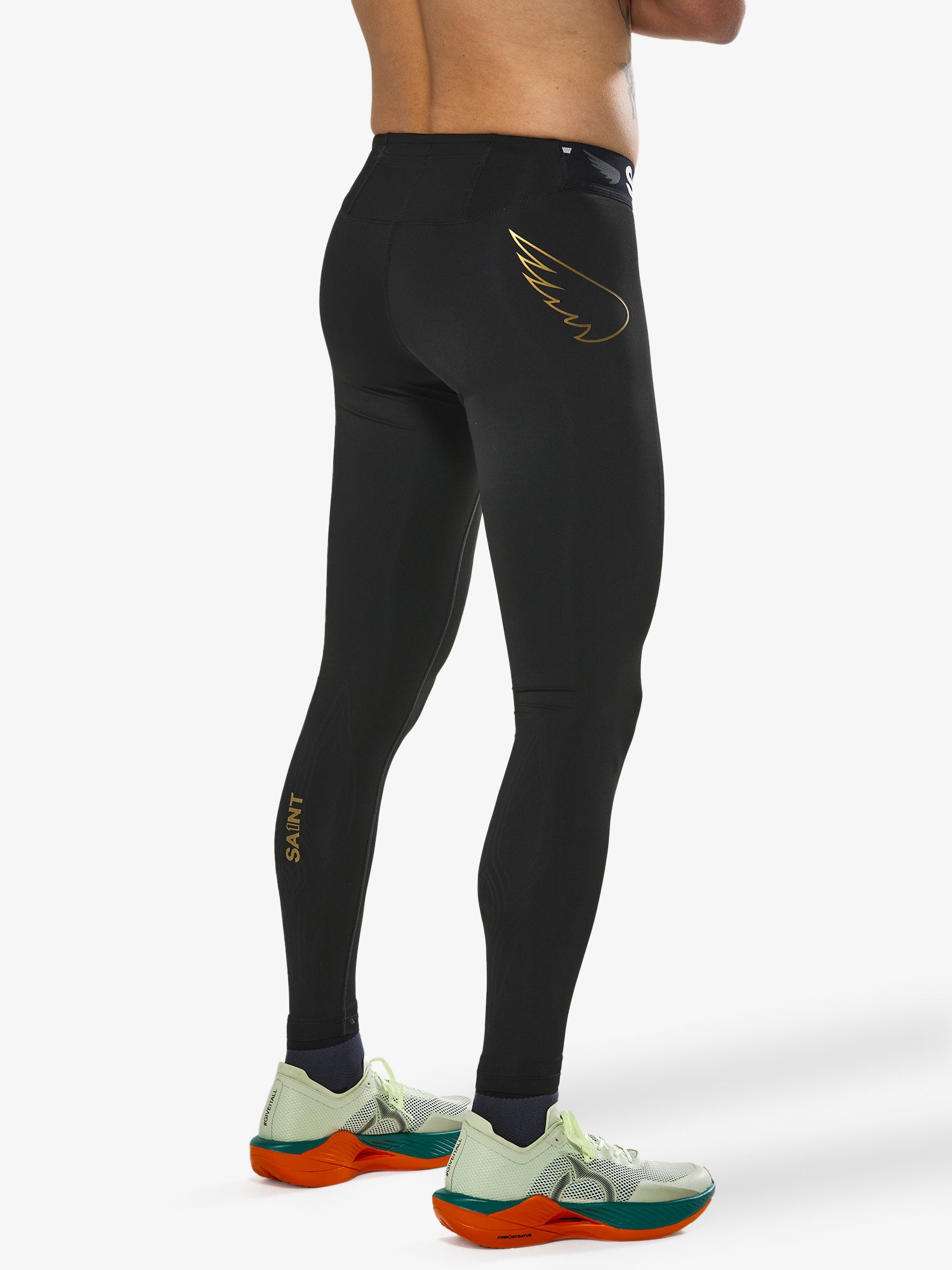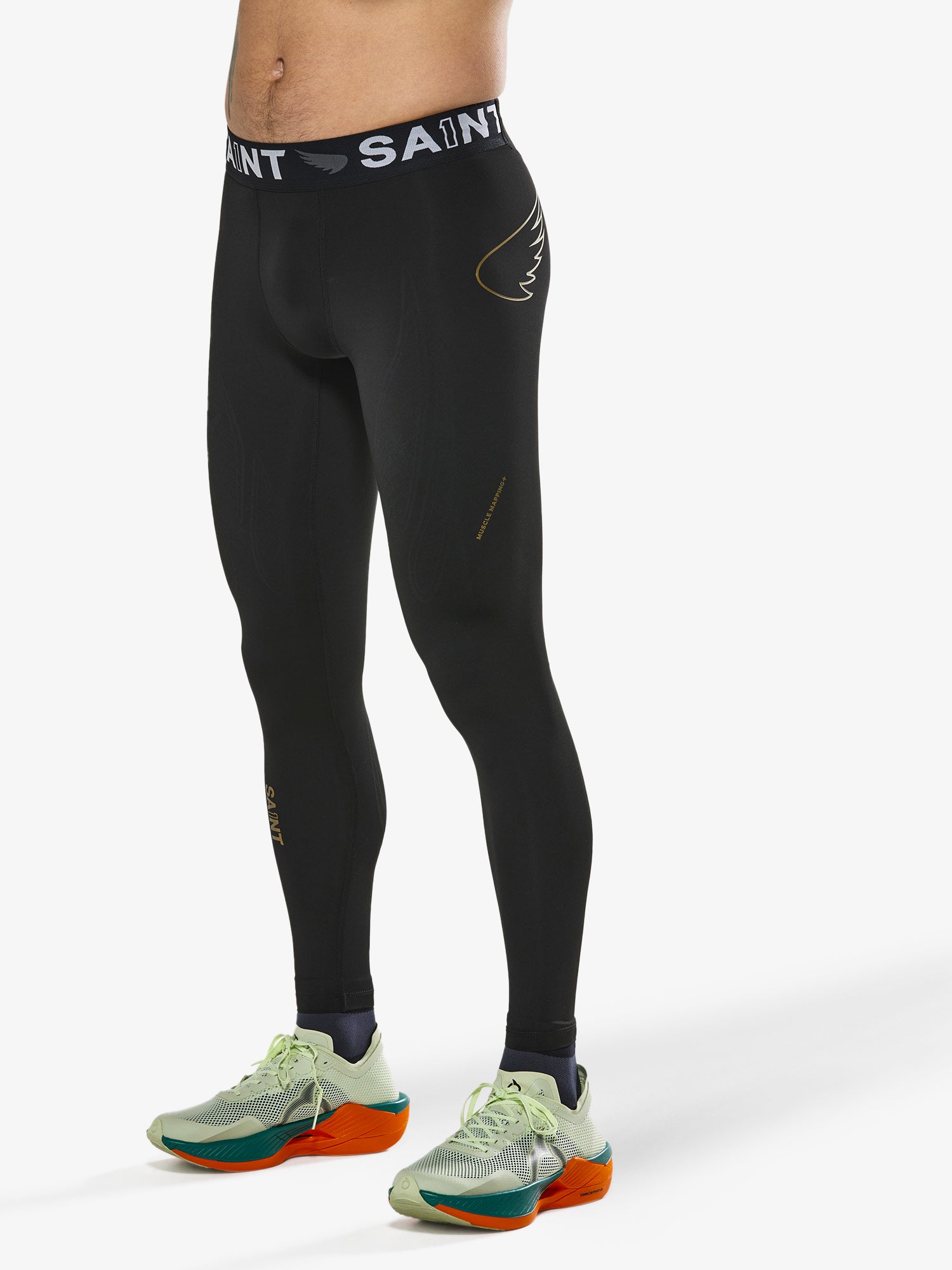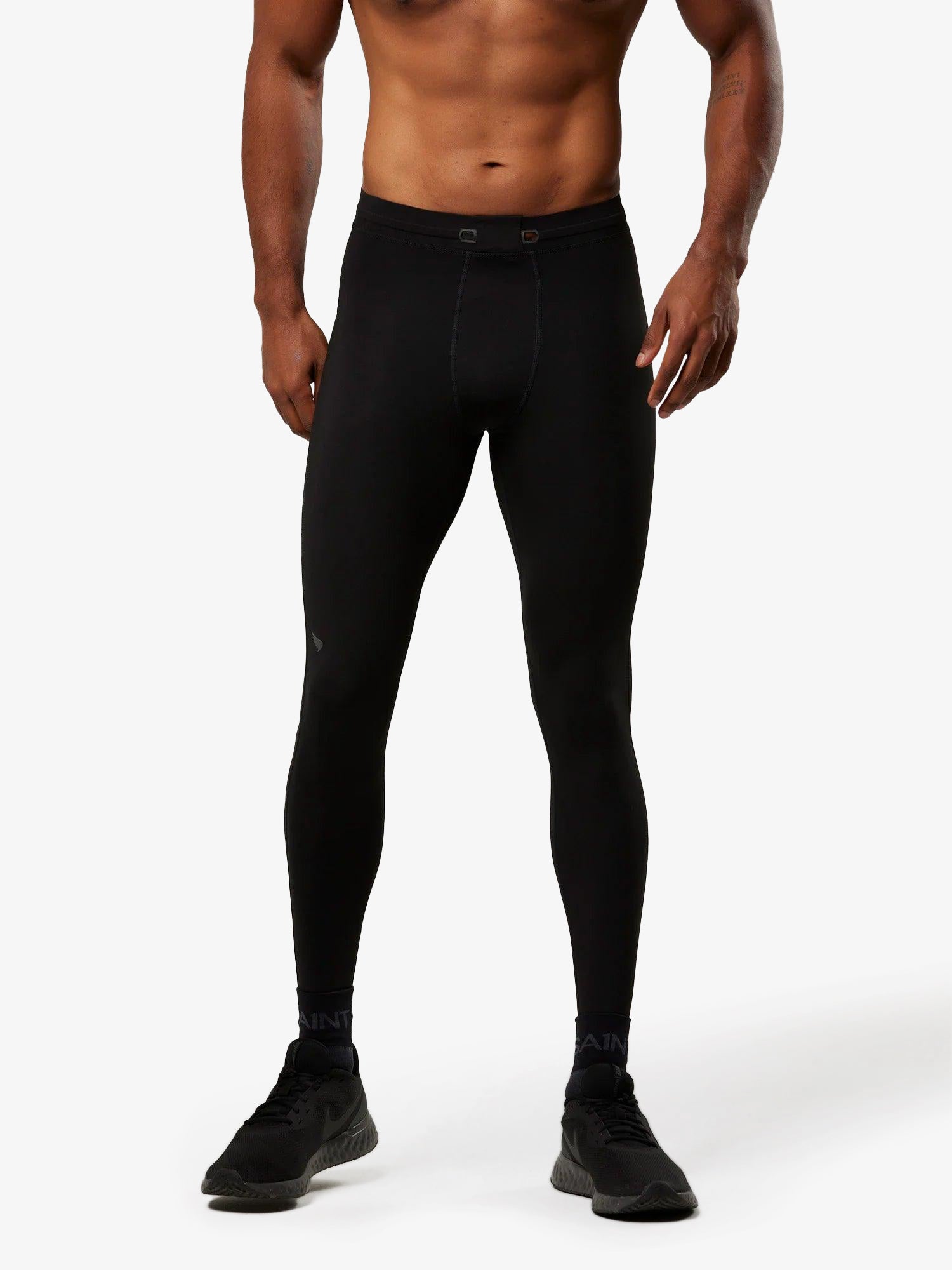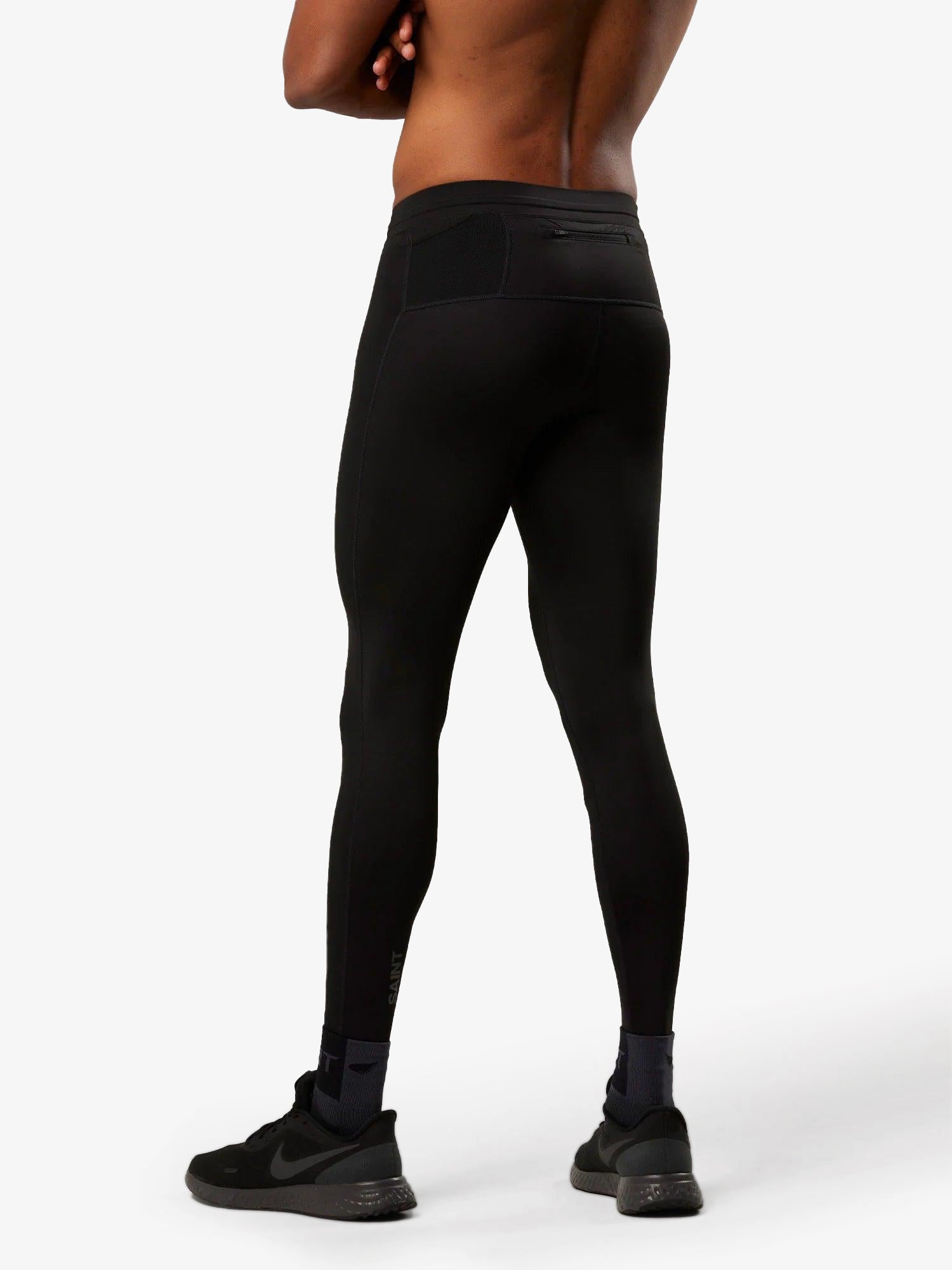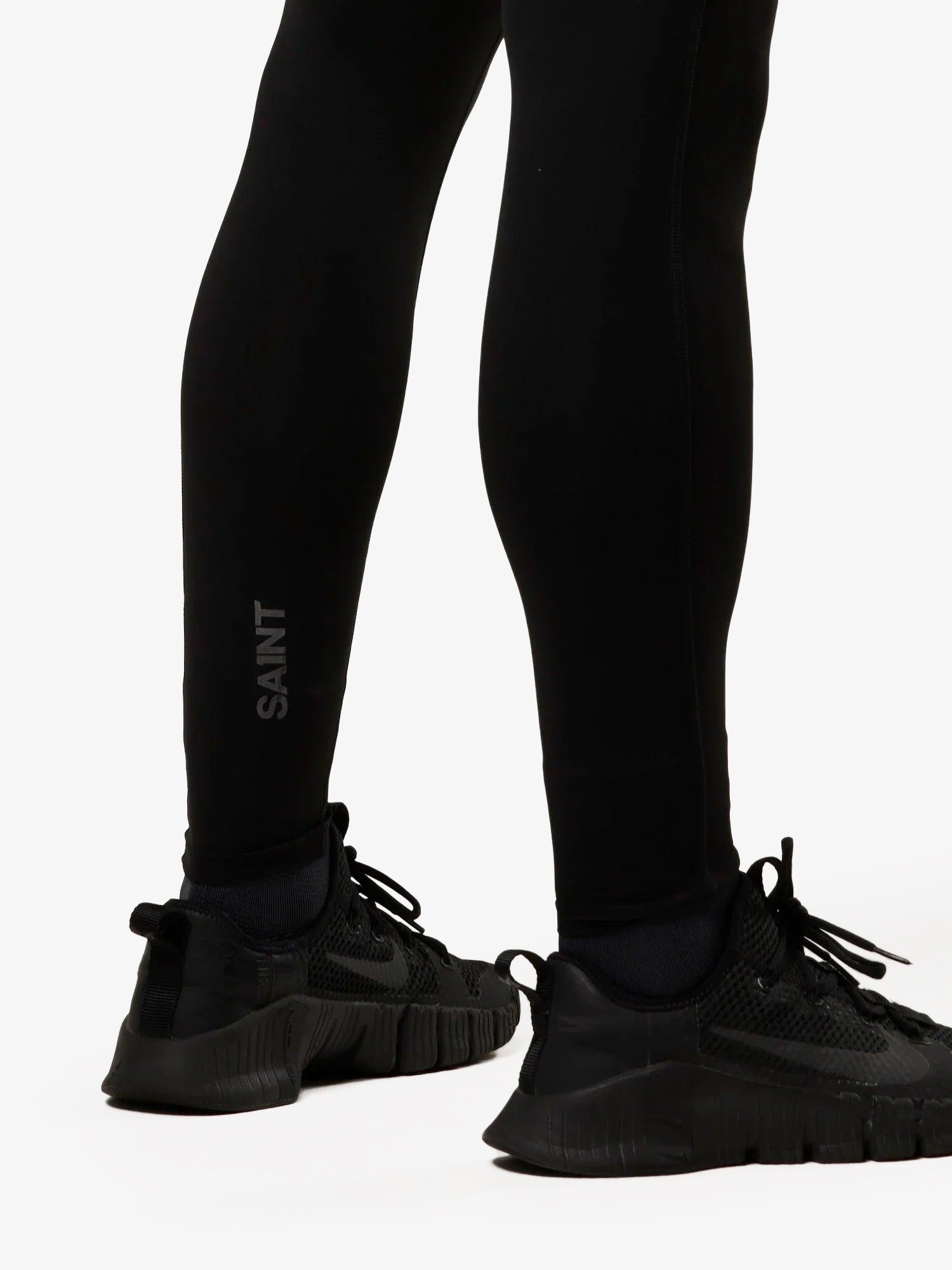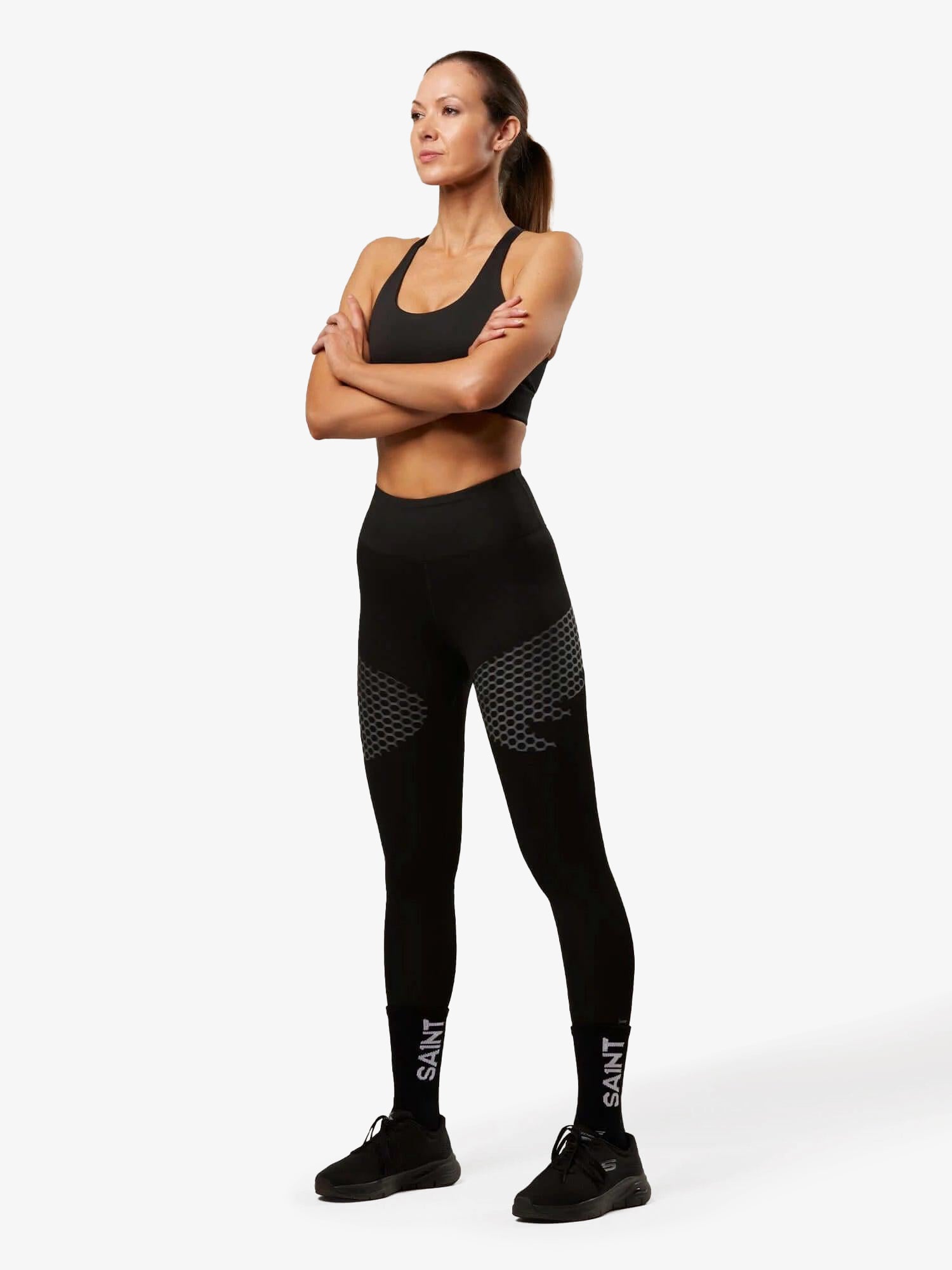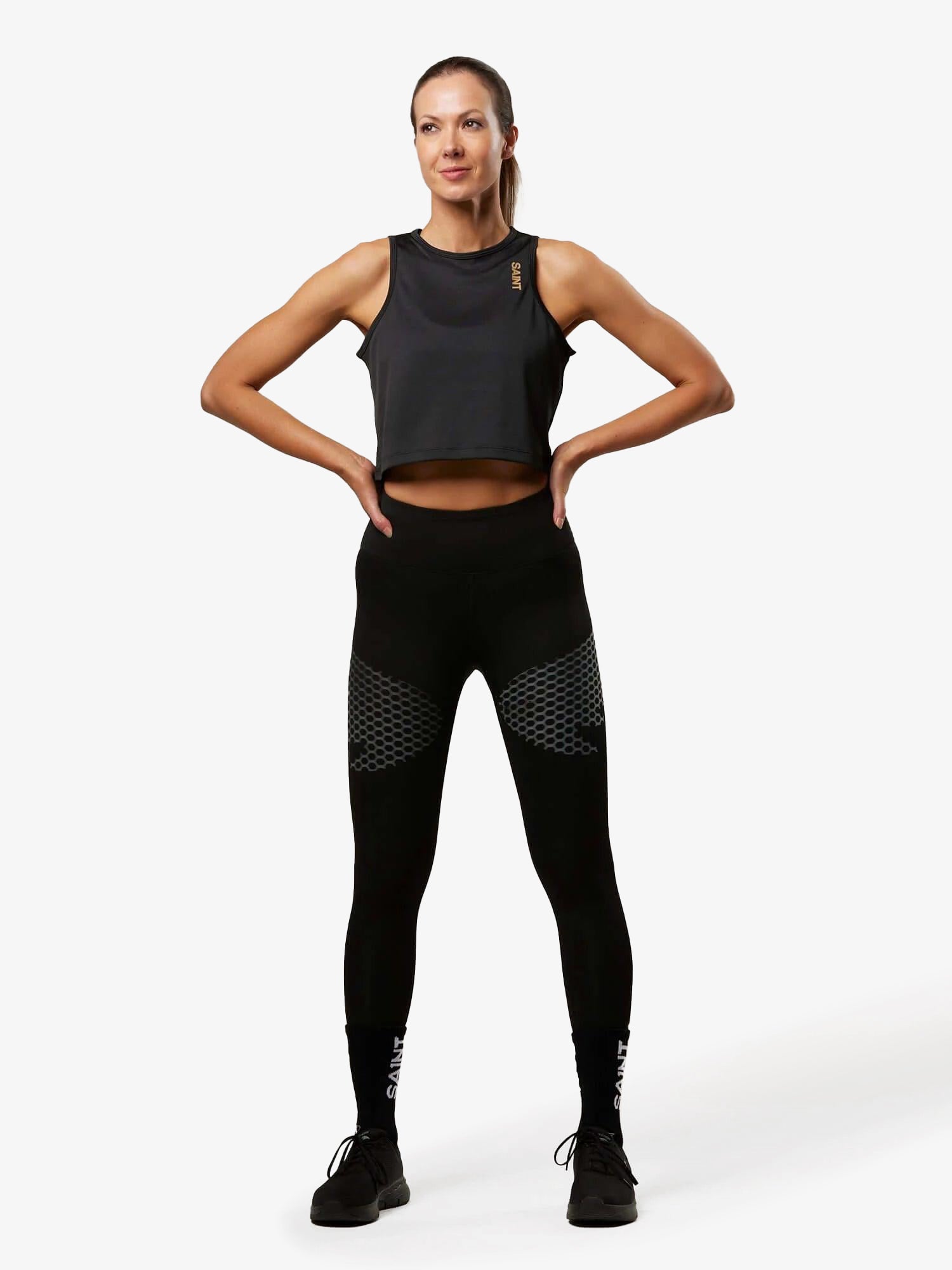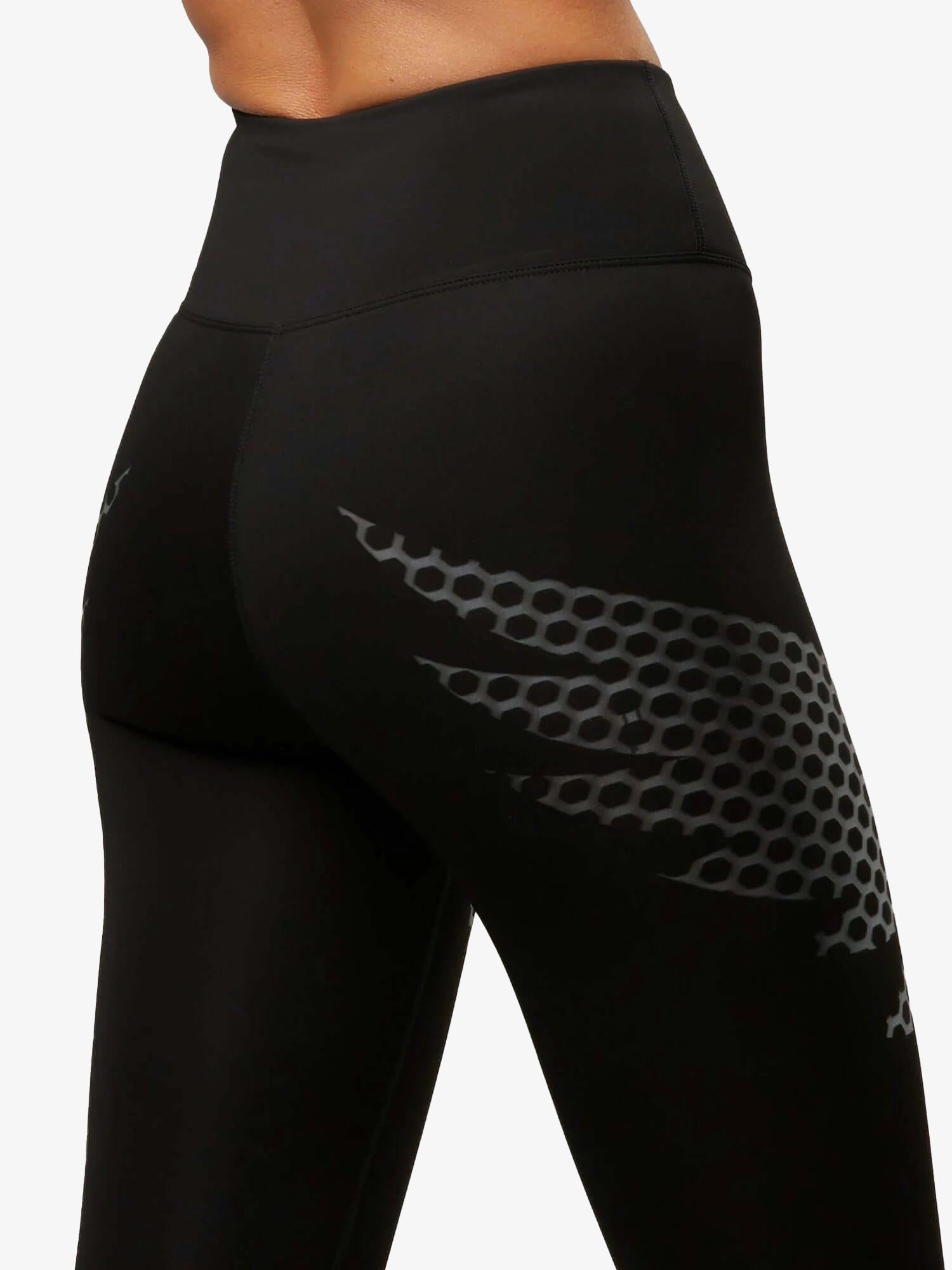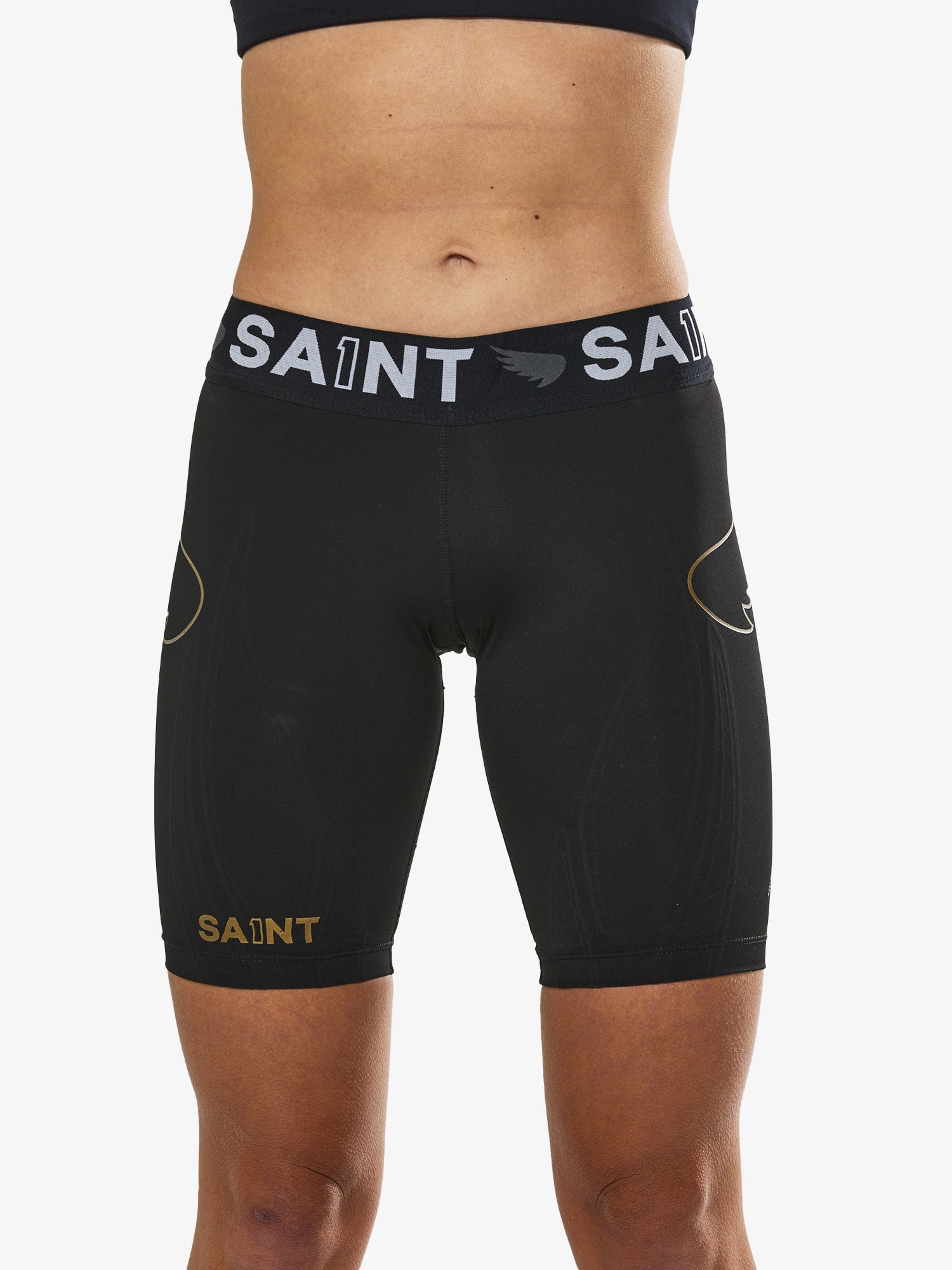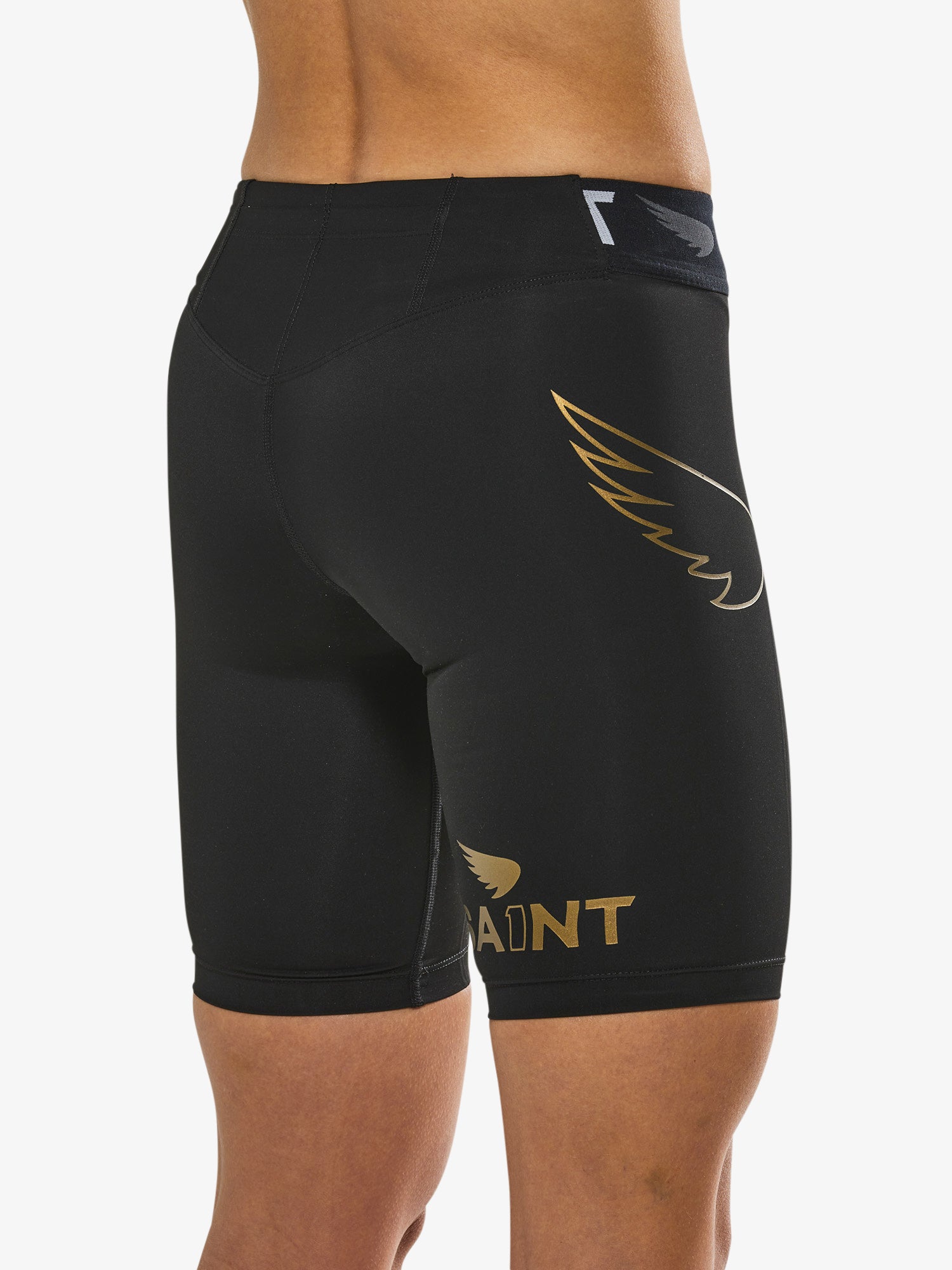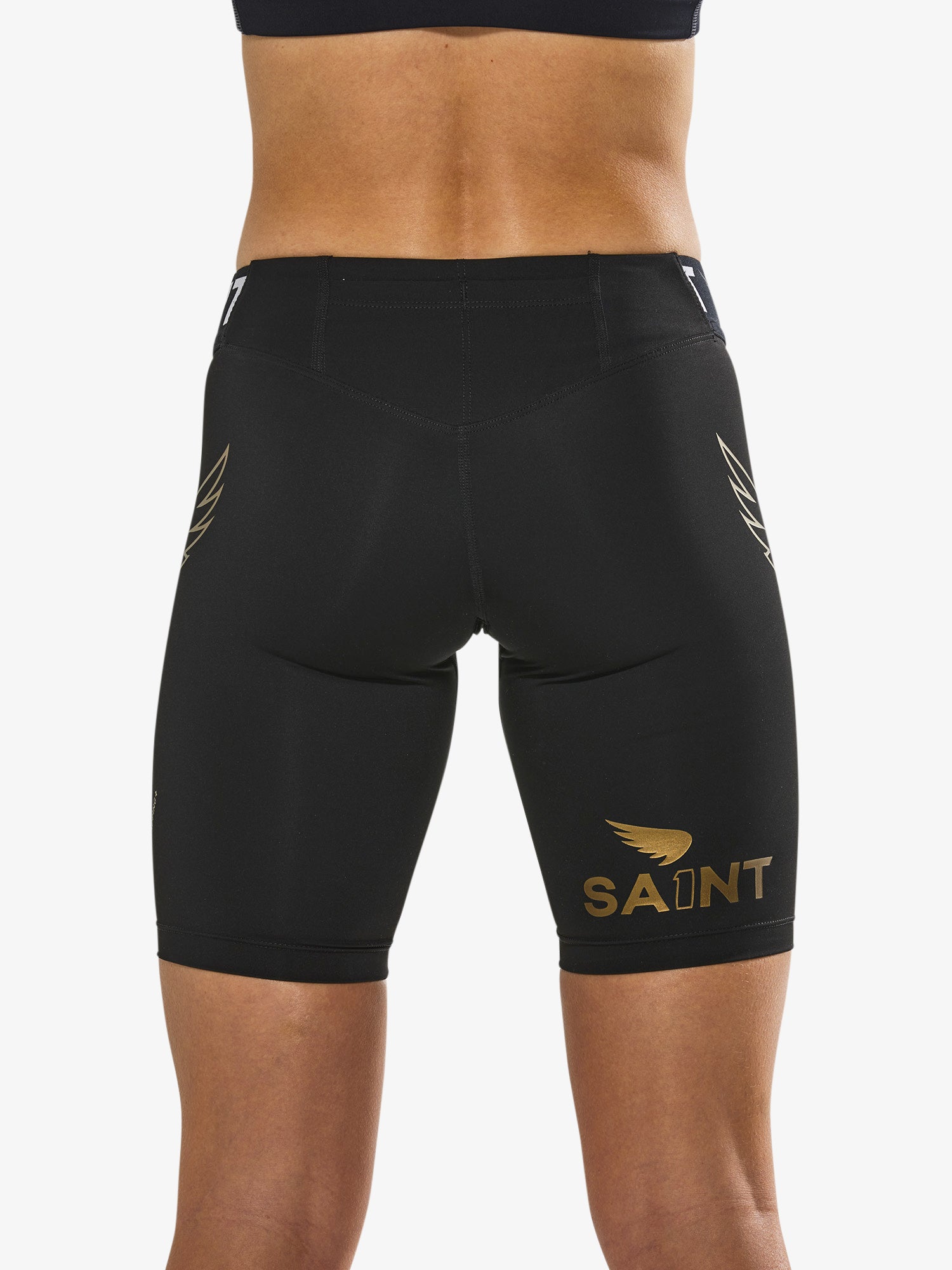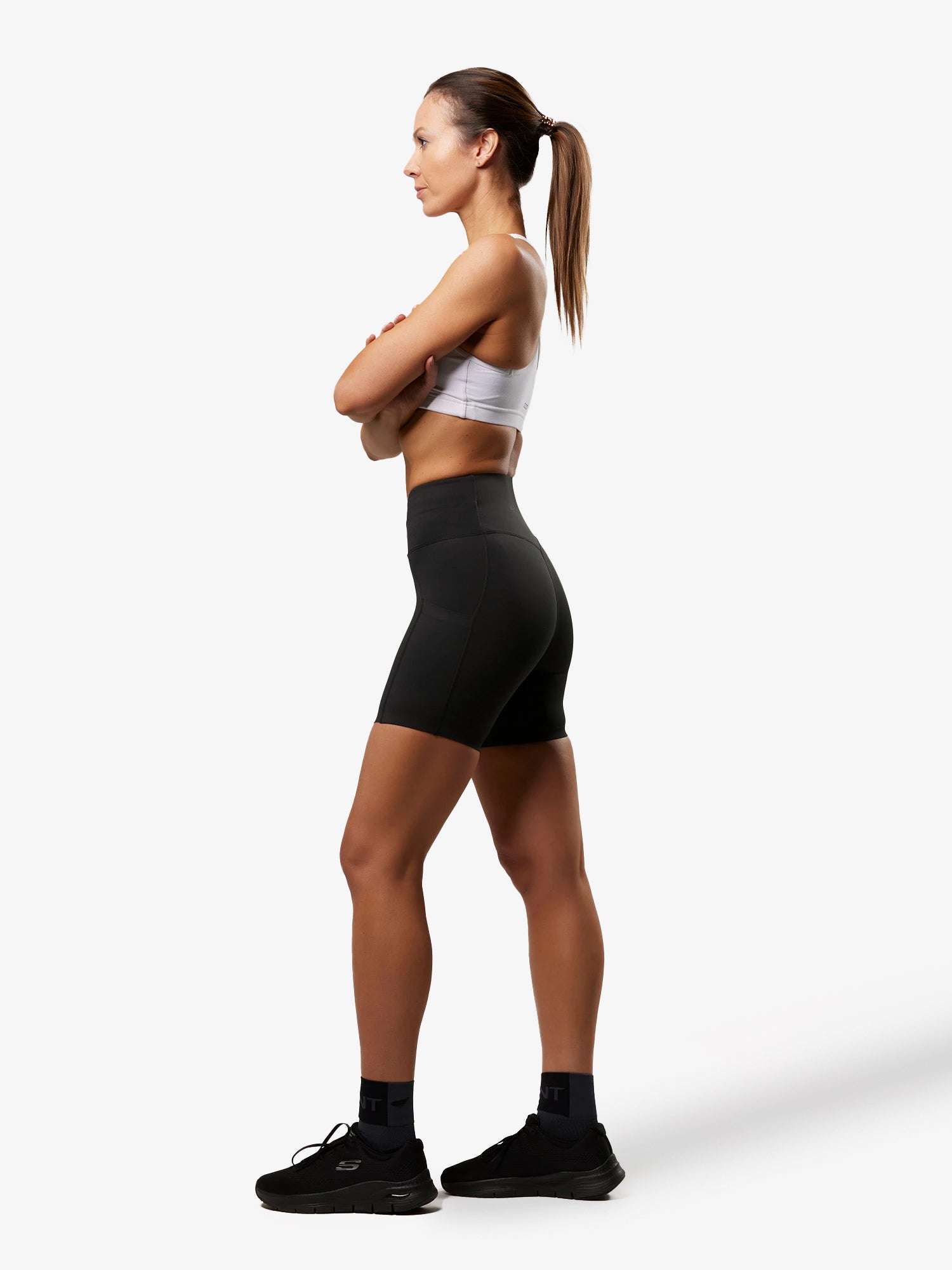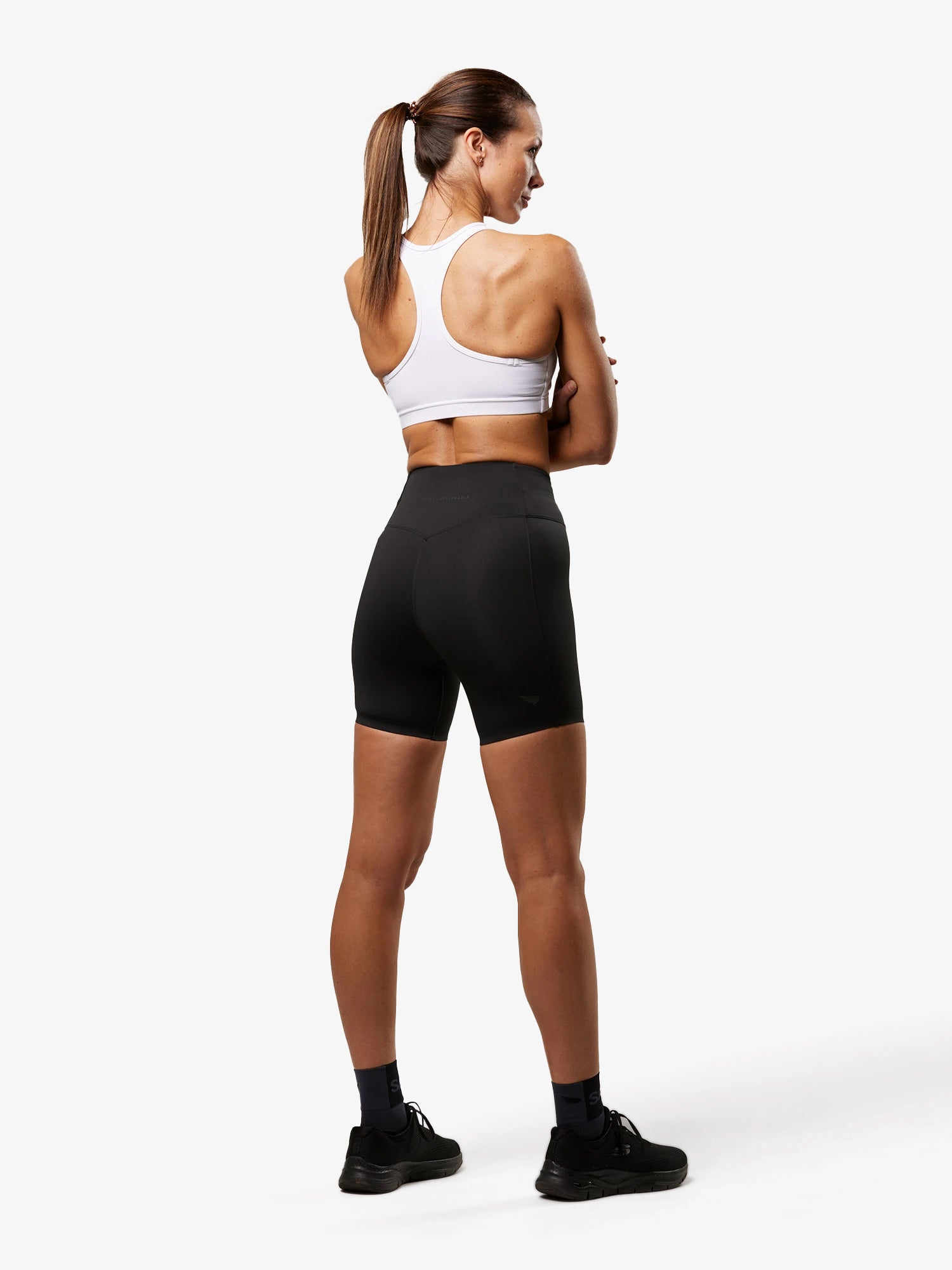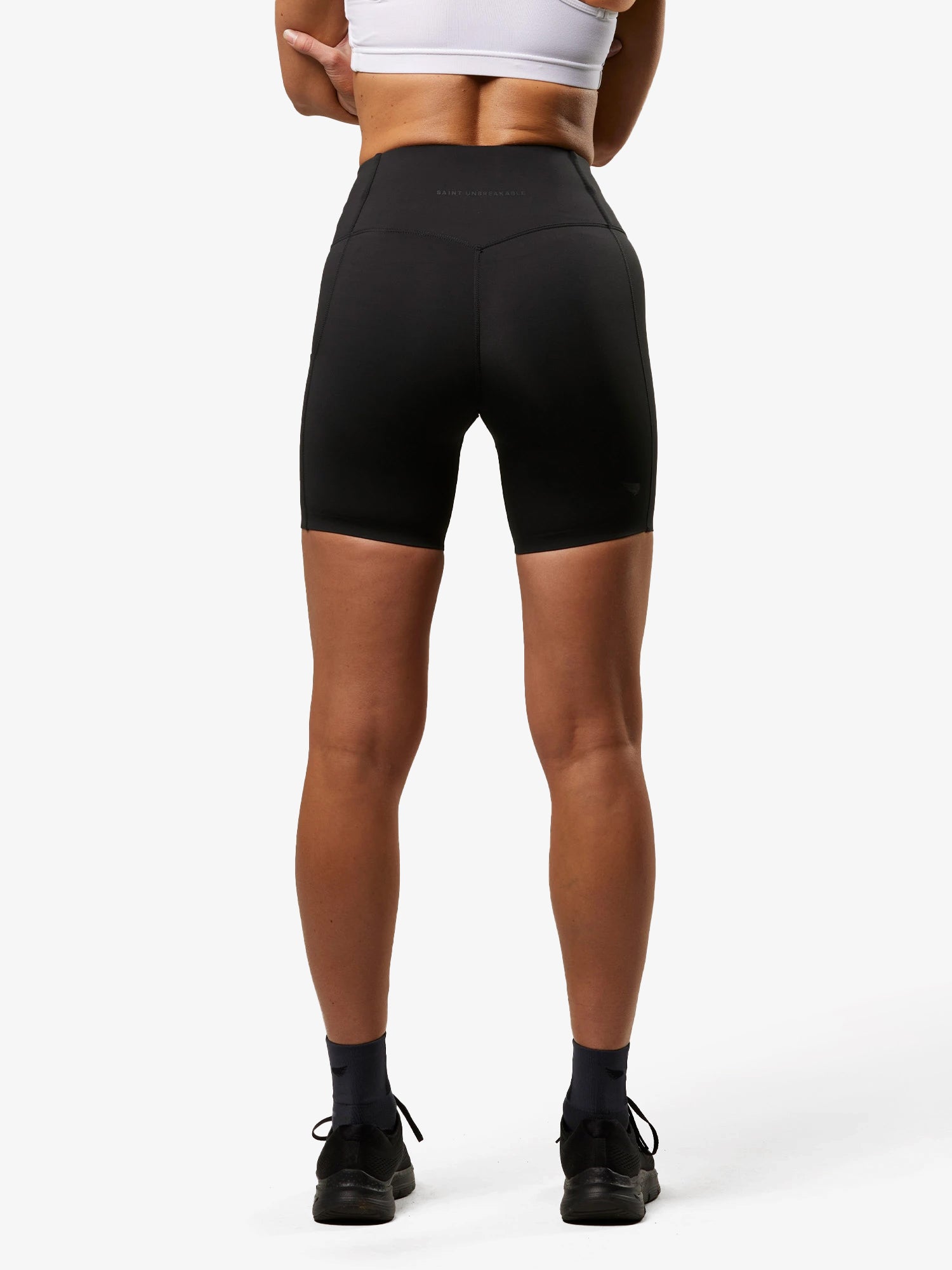Shoulder day might not be your favourite reason to hit the gym, but developed shoulder muscles are an unmissable step on the way to building your dream physique.
Muscular shoulders have an aesthetic appeal that can make the overall look of your upper body come together, and well built shoulders come with functional benefits that will help you both in the gym and in your everyday life.
You've probably seen people targeting their shoulders in all kinds of different ways, so what are the best shoulder exercises? In this article, we'll answer that exact question, and discuss why shoulder exercises are an essential part of a complete exercise routine.
Understanding Shoulder Anatomy
Shoulder muscles need to perform a wide range of movements, so it makes sense that shoulder physiology is pretty damn complicated. If you have no idea how it it all works then don't worry, we've got you covered. Here is a rundown of the key shoulder muscles in simple terms.
Deltoids: The deltoid muscle is the big muscle that covers your shoulder and gives it that nice, rounded appearance. It consists of three parts: the posterior deltoid, anterior deltoid and lateral deltoid.
The deltoid muscles allow you lift your arms in various directions like sideways, in front of you, and behind you.
Trapezius: The trapezius muscle, commonly known as 'traps' inside a gym, is a big, kite-shaped muscle that runs from your neck to your back.
The trapezius helps to stabilise your shoulder blades, improve your posture, and helps with movements like shrugging and pulling your shoulders back.
Rotator Cuff: The rotator cuff consists of four small muscles that surround your shoulder joint. When it comes to shoulder injuries, the rotator cuff is usually the culprit, so make sure to always target this area in your workouts.
As the name suggests, the rotator cuff allows your arms to rotate and move freely in various directions.
Essential Pre-Workout Preparations
Your shoulders are probably the most injury-prone muscle group in your body, so don't skip the warmup before any shoulder workout. Ideally, spend 5-10 minutes warming up with a few static and dynamic movements to get your muscles ready to start lifting weights.
Dynamic movements using an exercise band are perfect for warming up your shoulders and preventing an injury. Some movements you can perform are band pull-aparts, band pass-throughs, presses and front raises. Aim for two sets of about 10-12 reps with each movement.
As with any body part, focus on proper form and technique. Poor form won't just affect your gains but lead to avoidable injuries. So whenever adopting a new exercise into your routine, focus on perfecting the technique before maxing out on weight.
The Top Exercises for Bigger Shoulders
Here are some of the best exercises to give you bigger and broader shoulders.
Standing Overhead Press
|
Otherwise known as the overhead shoulder press, this classic compound movement is great for building strength and size in your shoulders. The standing shoulder press works multiple muscle groups, and can be performed using either barbells or dumbbells, and seated or standing. This variation has you standing up using a barbell. How to perform the standing shoulder press
|

|
|---|
Seated Dumbbell Press

|
A variation of the previous exercise is the seated dumbbell press. There isn't a huge difference between the two versions. They work the same muscles and follow similar steps. Some people prefer to perform the seated version because of the increased stability. How to perform the seated dumbbell press
|
|---|
Rear Deltoid Fly
|
As you've probably guessed, this exercise targets your deltoid muscles. Stronger delts will help with overall posture and stability, and aid with pull movements like the barbell row. It's a slightly tricky movement to perfect, but great for working those delt muscles. How to perform the rear deltoid fly
|

|
|---|
Frontal Raise

|
The front raise is a popular exercise for targeting the anterior deltoids. You've probably seen it performed a million times in the gym, but perfecting the technique is crucial for developing the correct muscles. How to perform frontal raises
|
|---|
Lateral Raise
|
Another shoulder day classic, lateral raises isolate your lateral delts which gives your shoulders that nice rounded appearance on the side. How to perform lateral raises
|

|
|---|
Upright Row

|
Upright rows are a great shoulder exercise that target your delts and trapezius. It's worth adding to your workout if strength and size are your goals. The upright row can be performed using a barbell, dumbbells, or an EZ bar. How to perform upright rows
|
|---|
What should be included in a well-structured shoulder workout routine to maximize muscle growth?
An effective, well-rounded shoulder workout should include a heavy press movement combined with isolation exercises. As a rule, limit overhead pressing to one exercise per workout. Overhead movements are great, but the arm positioning can cause inflammation over time, so just stick to one per workout.
Always start a shoulder routine with multi-joint compound movements like overhead presses, then move on to isolation exercises. Isolation movements like frontal and lateral raises eliminate assistance from other muscle groups, so you can fatigue these isolated muscle at the end of your workout which leads to a much bigger muscle pump.
Pretty much every upper body exercise incorporates the shoulders to some extent, so plan your workouts accordingly. For example, chest and triceps workouts have heavy shoulder engagement, so give your body a rest between chest day and shoulder day. If you train chest and shoulders on the same day, start with chest first.
How does nutrition play a role in achieving bigger shoulders, and what dietary choices are recommended for muscle development?
Nutrition and muscle gain go hand in hand. Knowing what to eat before a workout is crucial if you want to see any significant gains from those gym sessions. Try to keep a balanced diet that's rich in protein, healthy fats and carbohydrates.
Don't forget hydration as well. Proper hydration is key to both performance and recovery, so keep those fluids up both before and during a workout.
Lastly, make sure to give your shoulder muscles enough rest to grow. You might want to smash out a workout every single day, but your muscles need time to rest and recover. Shoulders are especially prone to injury, so plan your workouts carefully to avoid overworking them.
Monitoring Progress and Adjustments of Your Shoulder Workouts
As your shoulders continue to grow and develop, you might wish to keep track of your progress. The most obvious way to do this is by tracking the weight you can lift.
As you build consistency in the gym, you'll eventually notice that the weights that were once challenging have become a bit too easy. When that happens it's a sign to move up a weight, and a nice validation of your progress.
You can also track your progress by taking measurements and regular photos for comparison.
Conclusion
Building nice, rounded shoulders isn't easy, but it's an important part of any physique. If you've been neglecting shoulder day in the gym, or your shoulder muscles just aren't at a level you're happy with, now is the time to start building up those boulders.
Like any body part, training your shoulders requires dedication and consistency, but the satisfaction of building those muscles will make everything worthwhile. So start that journey today, and keep up with SA1NT for all your fitness tips and apparel.
Frequently Asked Questions
How can I get bigger shoulders fast?
Getting bigger shoulders faster takes time and consistency. There's no magic formula, but you can take certain steps to make the process as fast as possible.
You can start by incorporating compound exercises into your shoulder routine like overhead presses and upright rows. These movements target multiple muscle groups and can be performed using heavier weights than isolation exercises.
Try performing isolation exercises like lateral and frontal raises with high-volume reps. This can create more muscle damage and stimulate growth.
Proper form is key to gaining muscle fast. Perform the movements correctly and don't ego lift. That means doing frontal and lateral raises with a weight that you can lift up all the way so your arms are parallel with your sides.
Lastly, focus on your diet and sleep schedule. A balanced diet of carbs, protein and healthy fats will ensure optimal muscle growth, and 7-9 hours of quality sleep every night gives your muscles a chance to rest and develop.
How can I get wider shoulders?
The key to getting wider shoulders is to work on the lateral and posterior deltoid muscles. Here are some exercises you can throw into the mix to start building wider shoulders:
- Lateral raises
- Upright rows
- Wide-grip pull ups
- Face pulls
- Rear delt flyes
- Arnold press
- Wide-grip rows
Why is it hard to get big shoulders?
Many gym-goers can build their back, legs and chest without a problem, but find it hard to get big shoulders. There can be many reasons for this, but we'll run through the most common reasons why your shoulders might not be growing.
Your workout isn't balanced: A good shoulder workout should consist of more than just shoulder presses. Treat the heads of your deltoids as individual muscles and work them every single time you train shoulders.
Using too much weight: Many people are guilty of piling on the weight during shoulder day, which can completely ruin your form. An isolated muscle like the shoulder requires balanced, controlled movements. If you find that you need to put your entire body into the movement, it's time to move down a weight.
Not training with high reps: Unlike back and chest exercises, shoulders should be trained using high reps. We don't mean to grab the lightest weight in the gym, it should still be challenging! But instead of 6-8 reps, use a smaller weight and go for 10-20 reps instead.
How do I make my delts bigger?
Here are some of the best exercises to make your delts bigger:
- Overhead presses
- Lateral raises
- Face pulls
- Reverse flyes
- Rear delt flyes
- Upright rows
- Shrugs





